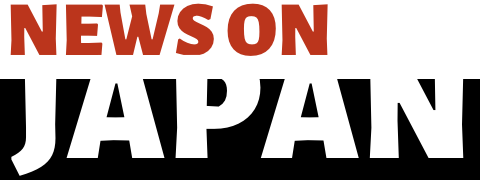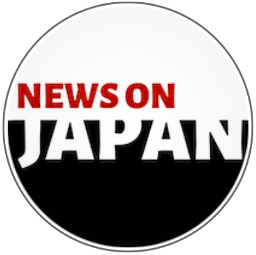TOKYO, May 03 (News On Japan) - Japan and the United States held a second round of negotiations over tariffs, with discussions lasting 130 minutes. Economic Minister Akazawa described the talks as substantive, yet many officials believe the outcome hinges on the trajectory of U.S.-China relations.
Japan is taking a strategic posture described as “slowly but urgently,” a phrase that has drawn attention for its paradoxical tone. What exactly does it mean? We take a closer look.
The phrase suggests that Japan is deliberately not rushing into a conclusion, while still aiming to reach an agreement by June. Rather than outlining concrete details, Japan is carefully monitoring how other countries like India and South Korea are navigating their own negotiations with the United States, assessing where it can yield and where it must hold firm.
U.S. Treasury Secretary Bessent appears close to striking a deal with India, and with South Korea facing a presidential election, Washington is likely accelerating those talks. Japan, however, is signaling that it is not in a hurry. It aims to take cues from South Korea’s cooperation with the U.S., particularly how far Seoul is willing to compromise on tariff reductions.
From the perspective of former bureaucrats and lawmakers, the U.S. approach remains rooted in “America First”—a stance not unique to the Trump administration. This has been evident in recurring issues like U.S. demands for Japan to adopt American standards for electric vehicle charging ports and rear signal lights. For example, while Japan uses orange rear turn signals to avoid confusion with brake lights, the U.S. continues to promote its red-only standard.
One symbolic incident cited by Trump involved a claim that if a car hood dented from a head impact, it would fail safety tests—an assertion debunked by fact-checkers. In reality, Japan’s testing involves dropping a head-like object from two meters to assess pedestrian protection in collisions. The U.S. has no equivalent standard.
Japan has long tried to explain such differences in regulatory values, holding to its own principles since the 1980s. Negotiators stress that it is crucial to stand firm, while also understanding which American officials wield real influence. Japan has been sending frequent delegations to Washington, aiming to read "the American wind"—a metaphor for identifying key power brokers and aligning strategy accordingly.
This became particularly important after White House National Security Advisor Walton faced effective dismissal following mishandling of classified material and inappropriate use of personal email for official duties. Another key figure, Ilon Skuth, known for his symbolic hat-switching to represent policy shifts, is also reportedly stepping back amid tension with the administration and declining Tesla shares.
At present, Bessent is seen as the most influential figure in the Trump administration’s trade team. But with as many as five competing factions within the administration, Japan must constantly reassess who holds sway. Moreover, reading “China’s wind” is equally vital.
Akazawa has emphasized that Tokyo is watching U.S.-China relations closely, as Japan’s trade ties with China remain deep. U.S.-China tariffs have surged to 145% and 125%, respectively. Recently, Trump has hinted at softening tariffs, but China is taking a hard line—halting imports of U.S. aircraft and tightening rare earth exports, which are vital to both military and high-tech sectors. While other nations can mine rare earths, China dominates processing and refining, and the U.S. currently relies on China for about 70% of its supply.
China, too, appears to be seeking a major deal but is reluctant to concede. Last month, the Chinese Ministry of Foreign Affairs posted a Cold War-era video quoting Mao Zedong: "We will never surrender until we achieve complete victory over America." While intended for domestic audiences, it reflects the broader standoff.
For Japan, striking the right balance is crucial. Lawmakers warn that if U.S.-China tensions escalate further, Japan’s economy—and global markets—could suffer. Yet from a security standpoint, stronger U.S. attention to China may promote stability in East and Southeast Asia. Japan’s diplomatic posture could influence the region’s balance of power.
As a middle power, Japan is also being closely watched by ASEAN, the EU, and other stakeholders to see how it positions itself between the two superpowers. In other words, while Japan is reading the wind from Washington and Beijing, the world is now reading Japan’s wind in return.
Source: YOMIURI















